Home>Gardening & Outdoor>Landscaping Ideas>What Grass Grows Best In Shade In Texas
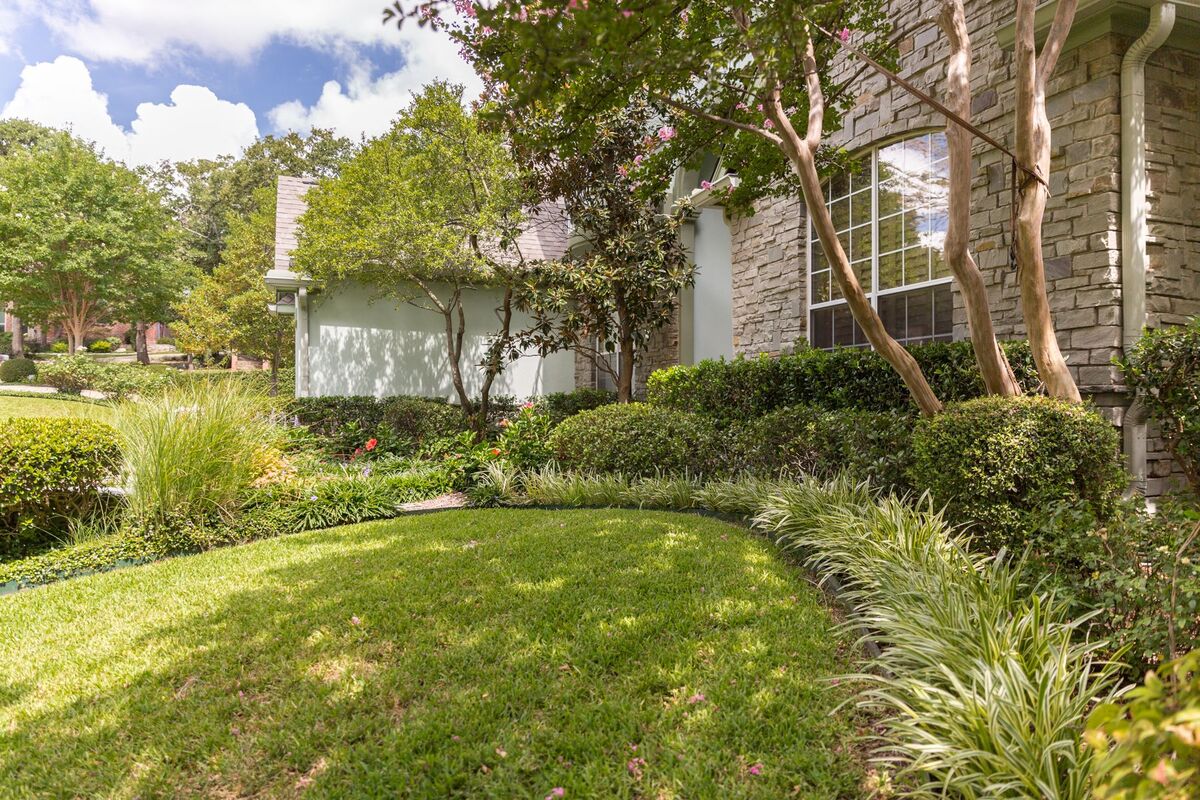

Landscaping Ideas
What Grass Grows Best In Shade In Texas
Modified: February 18, 2024
Looking for landscaping ideas in Texas? Discover the best grass for shade in Texas and transform your outdoor space with lush greenery.
(Many of the links in this article redirect to a specific reviewed product. Your purchase of these products through affiliate links helps to generate commission for Storables.com, at no extra cost. Learn more)
Introduction
When it comes to landscaping in Texas, the importance of selecting the right grass for shaded areas cannot be overstated. The Lone Star State is known for its diverse climate, with scorching summers and mild winters. As a result, finding the ideal grass that thrives in shaded areas can be a challenging yet rewarding endeavor for homeowners and garden enthusiasts.
In this comprehensive guide, we will delve into the nuances of cultivating lush, vibrant grass in shaded areas across Texas. From understanding the unique characteristics of shade in this region to exploring the types of grass that flourish in such conditions, we will equip you with the knowledge and insights needed to transform shaded spaces into verdant havens. Whether you reside in the bustling urban landscape of Dallas or the serene outskirts of Austin, this guide will serve as your compass in navigating the intricacies of growing shade-loving grass in the great state of Texas.
Key Takeaways:
- Selecting the right grass for shaded areas in Texas is crucial due to the diverse climate. Understanding shade dynamics and choosing shade-tolerant grass varieties can transform challenging spaces into lush, vibrant retreats.
- Best practices for growing grass in shade include soil preparation, proper irrigation, grass selection, regular maintenance, and strategic pruning. These guidelines empower homeowners to nurture resilient, thriving lawns in shaded Texas landscapes.
Read more: What Grass Grows Best In Texas
Understanding Shade in Texas
Shade in Texas can vary significantly depending on the region and the time of year. The scorching Texas sun can create intense and shifting patterns of shade, making it essential to comprehend the dynamics of shade when selecting grass for shaded areas. Additionally, the type of shade, whether it’s dappled, partial, or full shade, plays a crucial role in determining the suitability of different grass species.
Furthermore, the high temperatures and arid climate in Texas can amplify the challenges of growing grass in shaded areas. The limited sunlight in shaded spaces, coupled with the heat-retaining properties of the soil, can create a unique set of conditions that require careful consideration.
Understanding the specific shade conditions in your Texas locale is vital for choosing the right grass that can thrive in such environments. Whether it’s the dense shade cast by towering oak trees in East Texas or the intermittent shade created by structures in urban landscapes, each shading scenario presents distinct opportunities and challenges for cultivating healthy, vibrant grass.
By gaining a deeper understanding of the nuances of shade in Texas, you can make informed decisions when selecting the most suitable grass species for shaded areas, ultimately transforming challenging spaces into flourishing green retreats.
Types of Grass That Thrive in Shade
When it comes to selecting grass for shaded areas in Texas, several species stand out for their ability to thrive in less sunlit environments. Understanding the unique characteristics of each grass type is crucial for making informed choices that align with the specific shade conditions in your region.
1. St. Augustine Grass: This warm-season grass is well-suited for shaded areas in Texas, particularly in the eastern and coastal regions. St. Augustine grass thrives in moderate to dense shade and exhibits excellent heat tolerance, making it a popular choice for lawns that receive limited sunlight.
2. Zoysia Grass: Known for its versatility, Zoysia grass can adapt to various light conditions, including partial shade. It flourishes in the warm climates of Texas and is prized for its dense, lush growth, making it an excellent choice for shaded lawns that require resilience and aesthetic appeal.
3. Buffalo Grass: Native to the plains of North America, Buffalo grass is well-suited for the dappled shade commonly found in Texas landscapes. Its low-maintenance nature and ability to thrive in both sun and shade make it a compelling option for eco-conscious homeowners seeking a resilient, sustainable grass variety.
4. Fine Fescue: This cool-season grass variety is renowned for its shade tolerance and adaptability to Texas’ diverse climate. Fine fescue is particularly well-suited for shaded areas in the northern regions of the state, where cooler temperatures prevail, and consistent shade presents unique challenges for grass growth.
By considering these grass types and their specific shade tolerance, homeowners and landscapers can make informed decisions that align with the shade conditions prevalent in their respective Texas locales. Whether it’s the humidity of Houston or the arid climate of El Paso, selecting the right grass variety can make a significant difference in transforming shaded spaces into thriving, verdant landscapes.
St. Augustine grass and Zoysia grass are the best options for shade in Texas. They both tolerate shade well and can thrive in the hot and humid climate of Texas.
Best Practices for Growing Grass in Shade
Cultivating vibrant, healthy grass in shaded areas in Texas requires a strategic approach that encompasses various best practices tailored to the unique characteristics of the region’s climate and shade conditions. By implementing the following guidelines, homeowners and landscapers can optimize the growth and resilience of shade-loving grass varieties:
- Soil Preparation: Prior to planting grass in shaded areas, it’s essential to prepare the soil adequately. Conduct a soil test to assess its pH levels and nutrient composition. Amending the soil with organic matter and appropriate fertilizers can create an optimal foundation for healthy grass growth in shaded environments.
- Proper Irrigation: Shaded areas in Texas may experience reduced evaporation rates and higher soil moisture retention. Adjusting the irrigation schedule to account for these factors is crucial. While shaded grass requires less frequent watering than its sun-exposed counterparts, it’s essential to ensure that the soil remains adequately moist without becoming waterlogged.
- Appropriate Grass Selection: Choosing grass varieties specifically suited for shade tolerance is paramount. Consider factors such as the type of shade (e.g., dappled, partial, or full shade) and the grass’s adaptability to the local climate. Consulting with local nurseries or landscaping professionals can provide valuable insights into the most suitable grass species for shaded areas in your Texas region.
- Regular Maintenance: Implementing a consistent maintenance regimen is essential for nurturing grass in shaded areas. This includes regular mowing at the appropriate height, addressing any fungal issues that may arise due to reduced sunlight, and providing necessary nutrients through fertilization to support the grass’s overall health and vigor.
- Strategic Pruning and Thinning: In cases where shade is cast by trees or structures, strategic pruning and thinning can optimize the amount of filtered sunlight reaching the grass. This practice can enhance air circulation and reduce excessive shade, contributing to improved grass growth and vitality.
By adhering to these best practices, individuals can overcome the challenges associated with growing grass in shaded areas in Texas, ultimately fostering lush, resilient lawns that thrive in spite of limited sunlight. Embracing these guidelines will empower homeowners and landscapers to transform shaded spaces into vibrant, inviting landscapes that enhance the overall aesthetic and ecological balance of their outdoor environments.
Conclusion
Transforming shaded areas in Texas into thriving, verdant spaces is a rewarding endeavor that hinges on a nuanced understanding of shade dynamics and the selection of grass varieties tailored to the region’s unique climate. By recognizing the diverse shade conditions prevalent across Texas and leveraging the shade-tolerant qualities of specific grass species, homeowners and landscapers can breathe life into areas that were once deemed challenging for traditional lawn growth.
From the lush, heat-tolerant St. Augustine grass to the resilient and adaptable Zoysia grass, the diverse range of shade-loving grass varieties offers a palette of options for creating vibrant, healthy lawns in shaded spaces. By embracing best practices such as soil preparation, appropriate irrigation, and strategic maintenance, individuals can navigate the challenges of cultivating shade-loving grass in Texas with confidence and success.
As the seasons shift and the sun casts its ever-changing patterns of shade, the knowledge and insights gained from this guide will serve as a compass, guiding homeowners and landscapers through the intricacies of nurturing grass in shaded areas across the Lone Star State. Through strategic grass selection, diligent maintenance, and a deep understanding of shade dynamics, shaded spaces can be transformed into captivating, resilient landscapes that contribute to the beauty and sustainability of Texas’ outdoor environments.
Ultimately, the journey of cultivating grass in shaded areas is a testament to the harmonious interplay between nature’s elements and human stewardship. By harnessing the resilience and beauty of shade-loving grass varieties, individuals can create inviting, lush retreats that stand as a testament to the transformative power of thoughtful landscaping in the dynamic tapestry of Texas’ outdoor spaces.
Frequently Asked Questions about What Grass Grows Best In Shade In Texas
Was this page helpful?
At Storables.com, we guarantee accurate and reliable information. Our content, validated by Expert Board Contributors, is crafted following stringent Editorial Policies. We're committed to providing you with well-researched, expert-backed insights for all your informational needs.
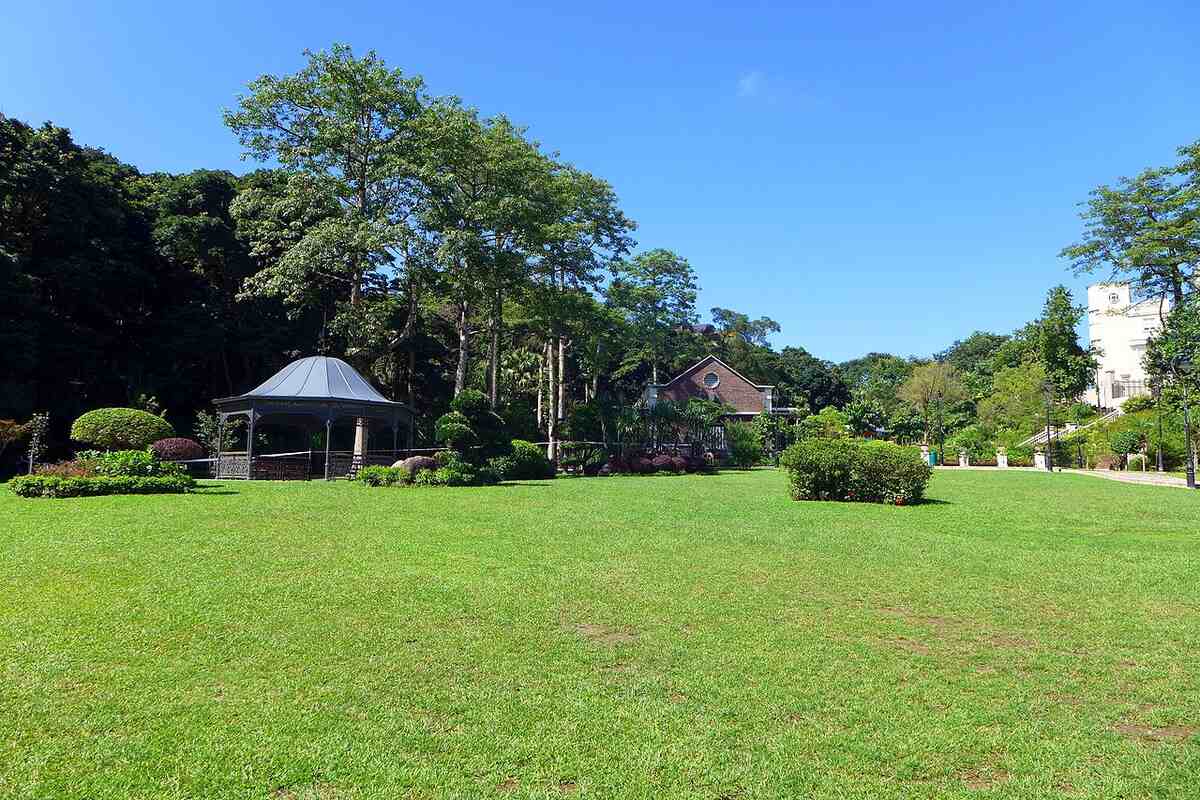
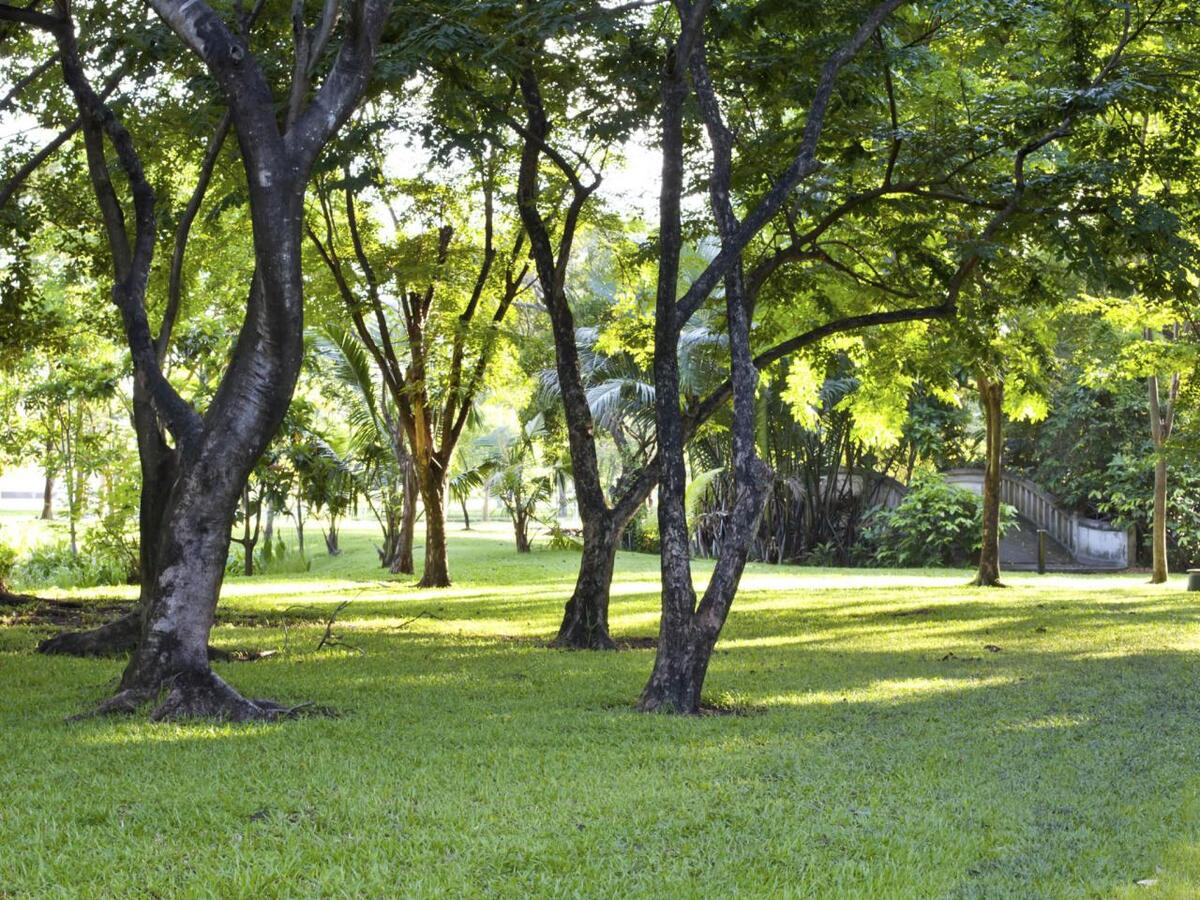
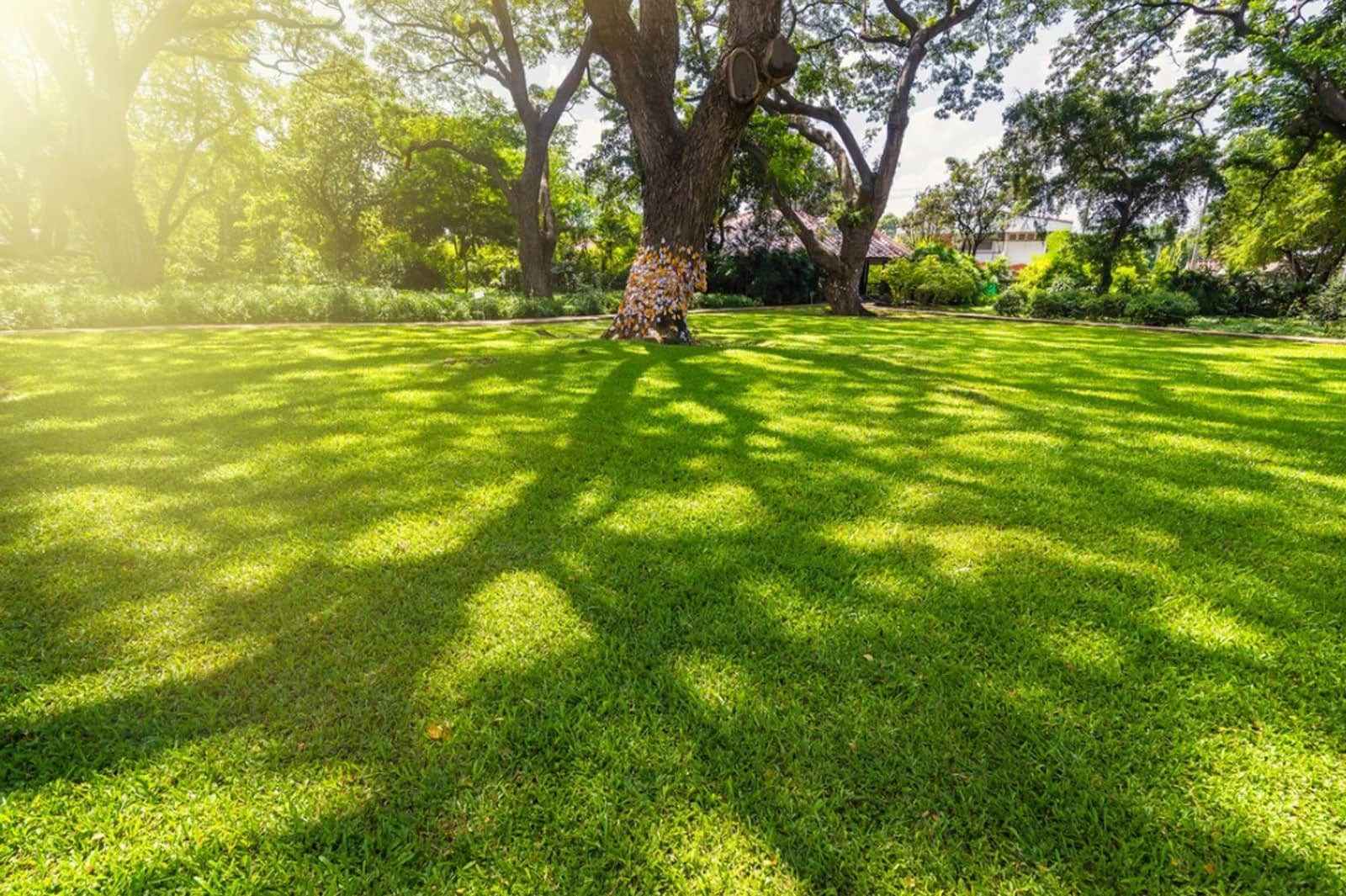
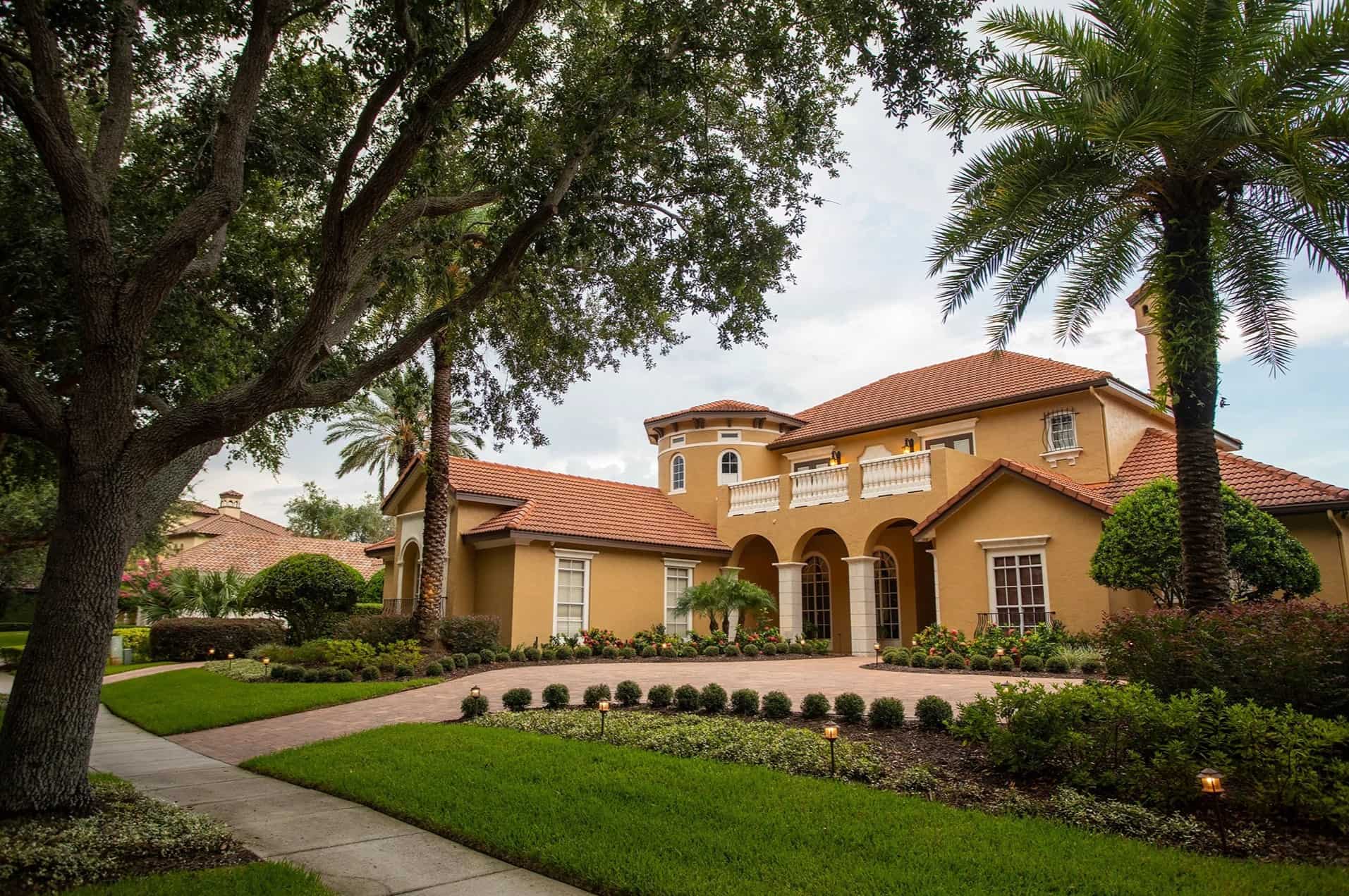
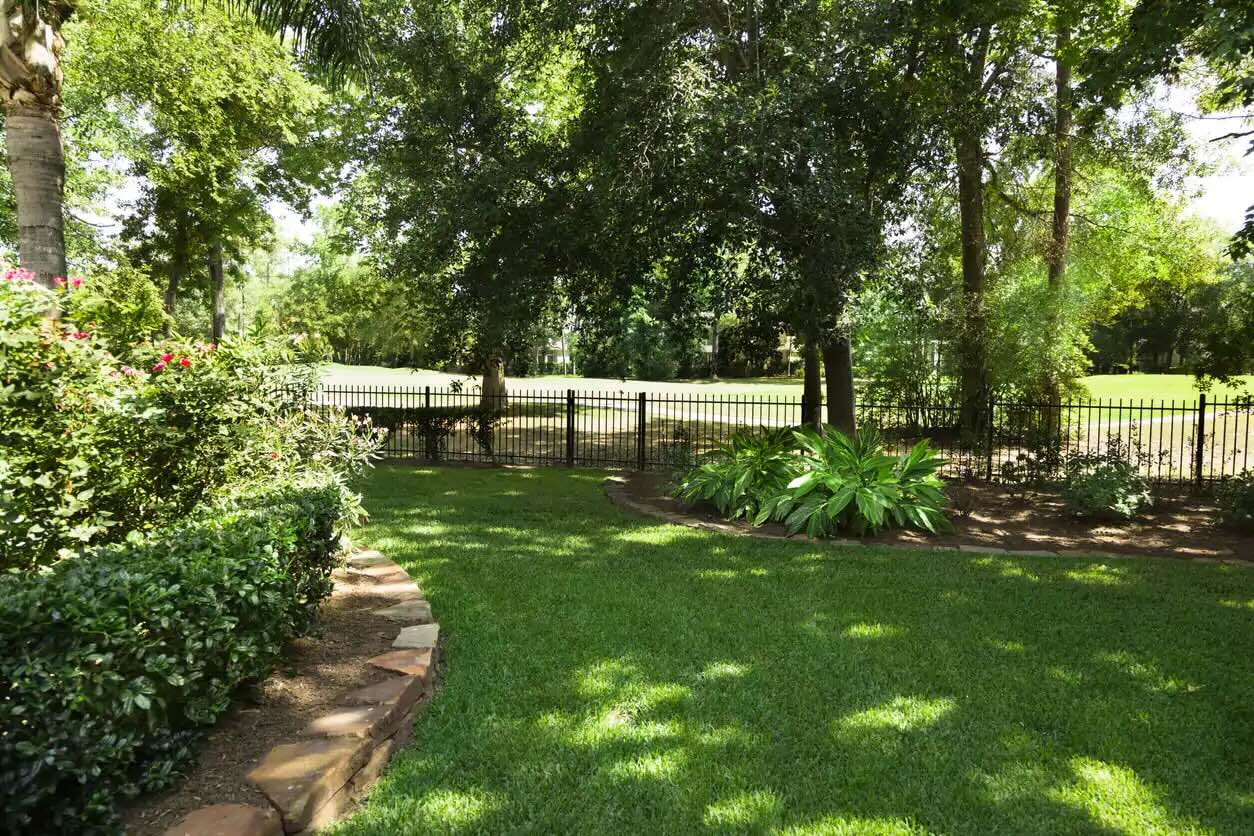
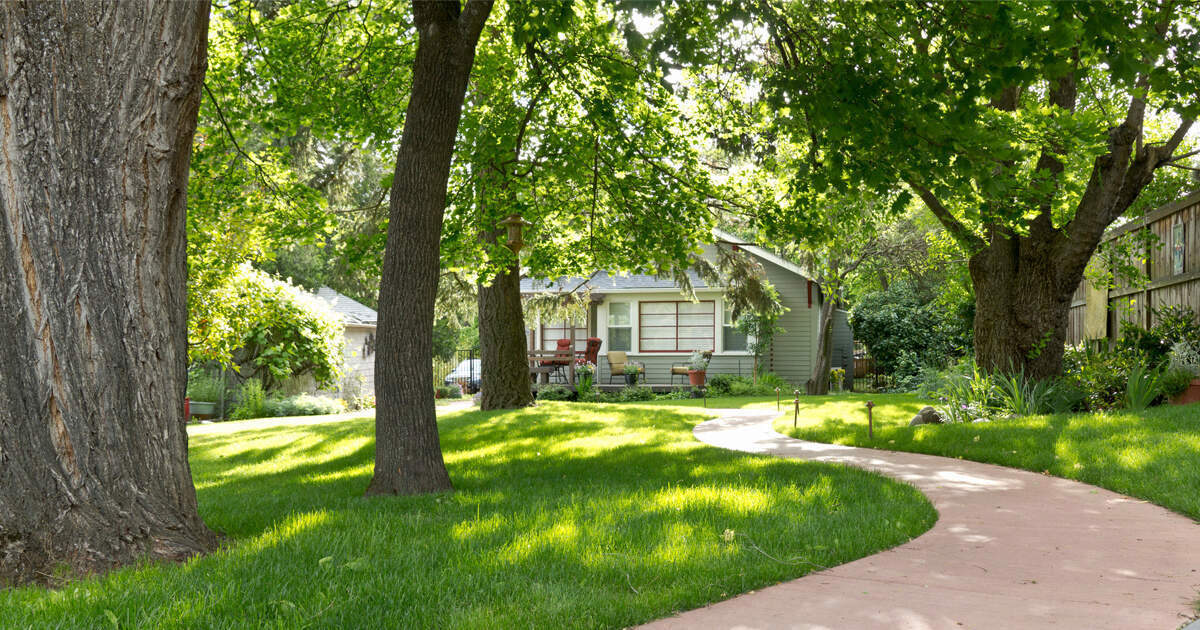
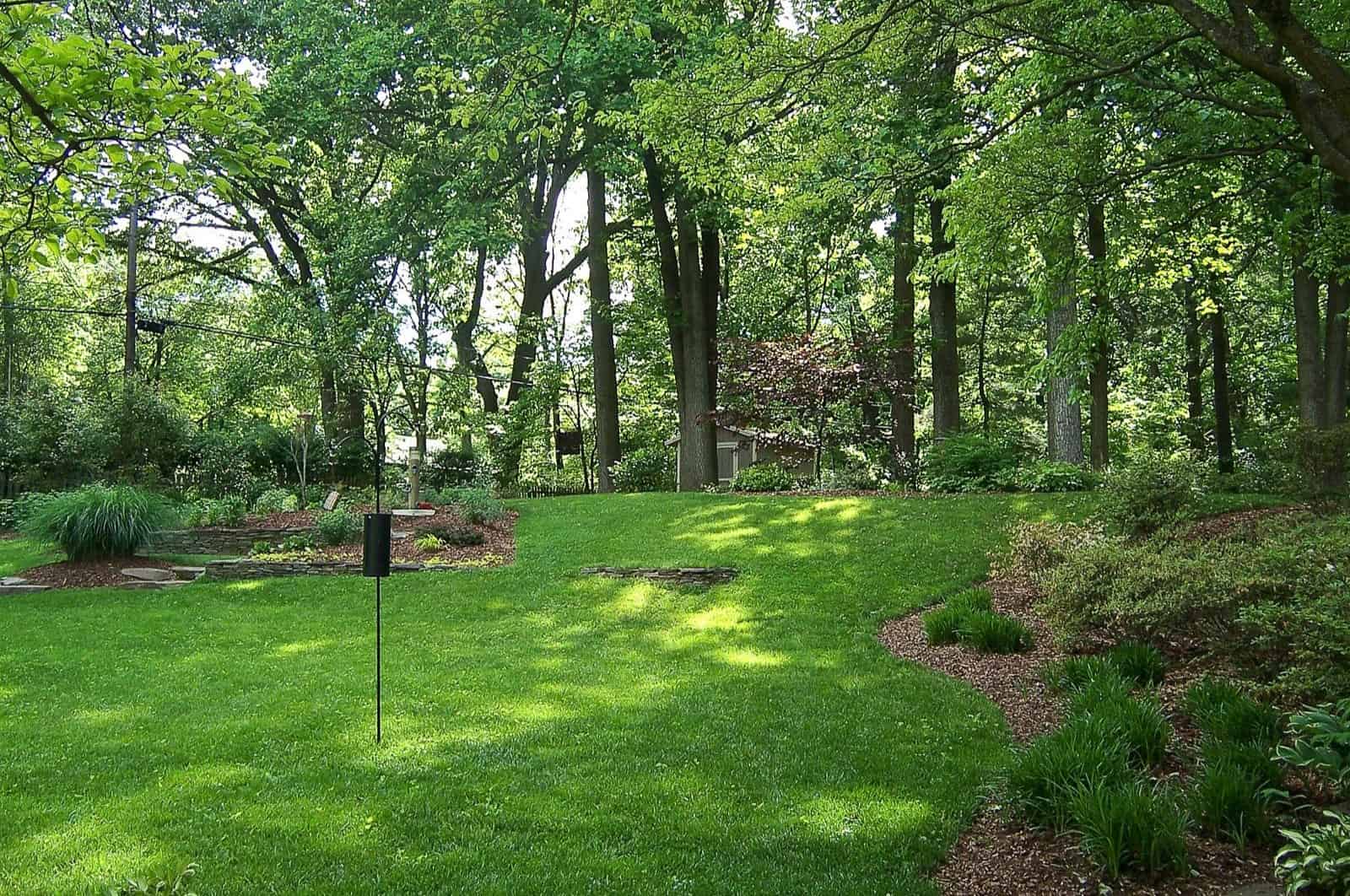
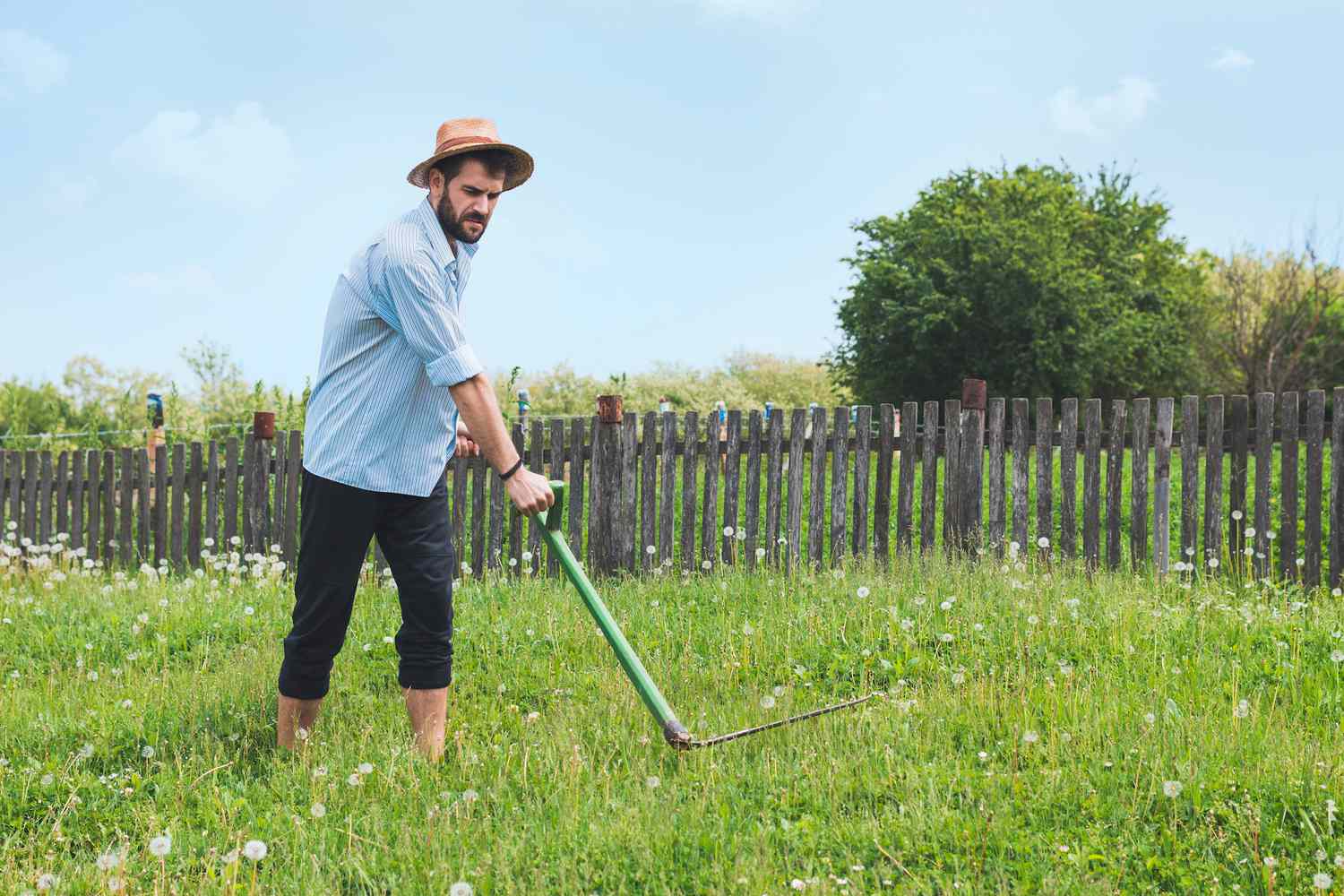
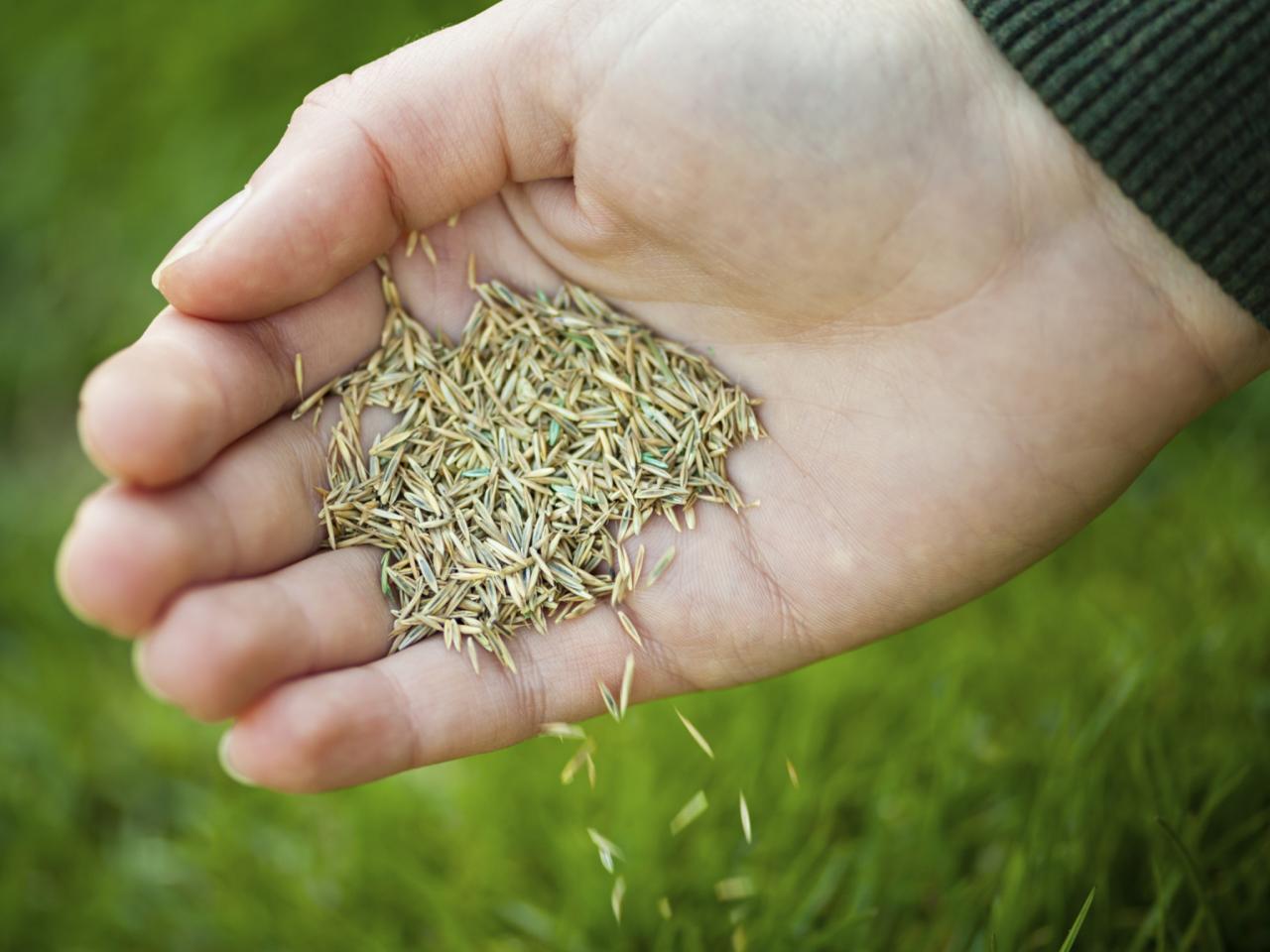
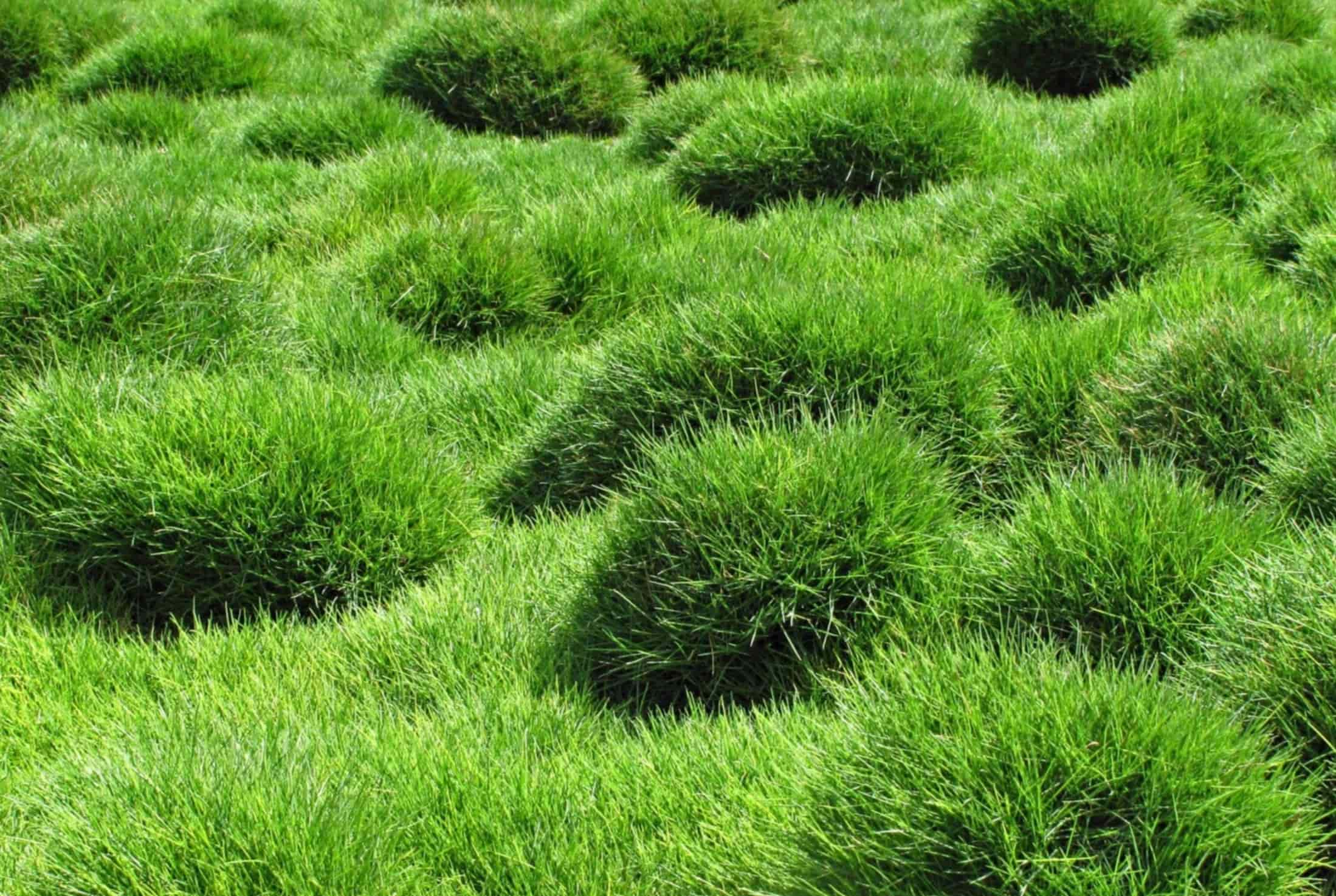
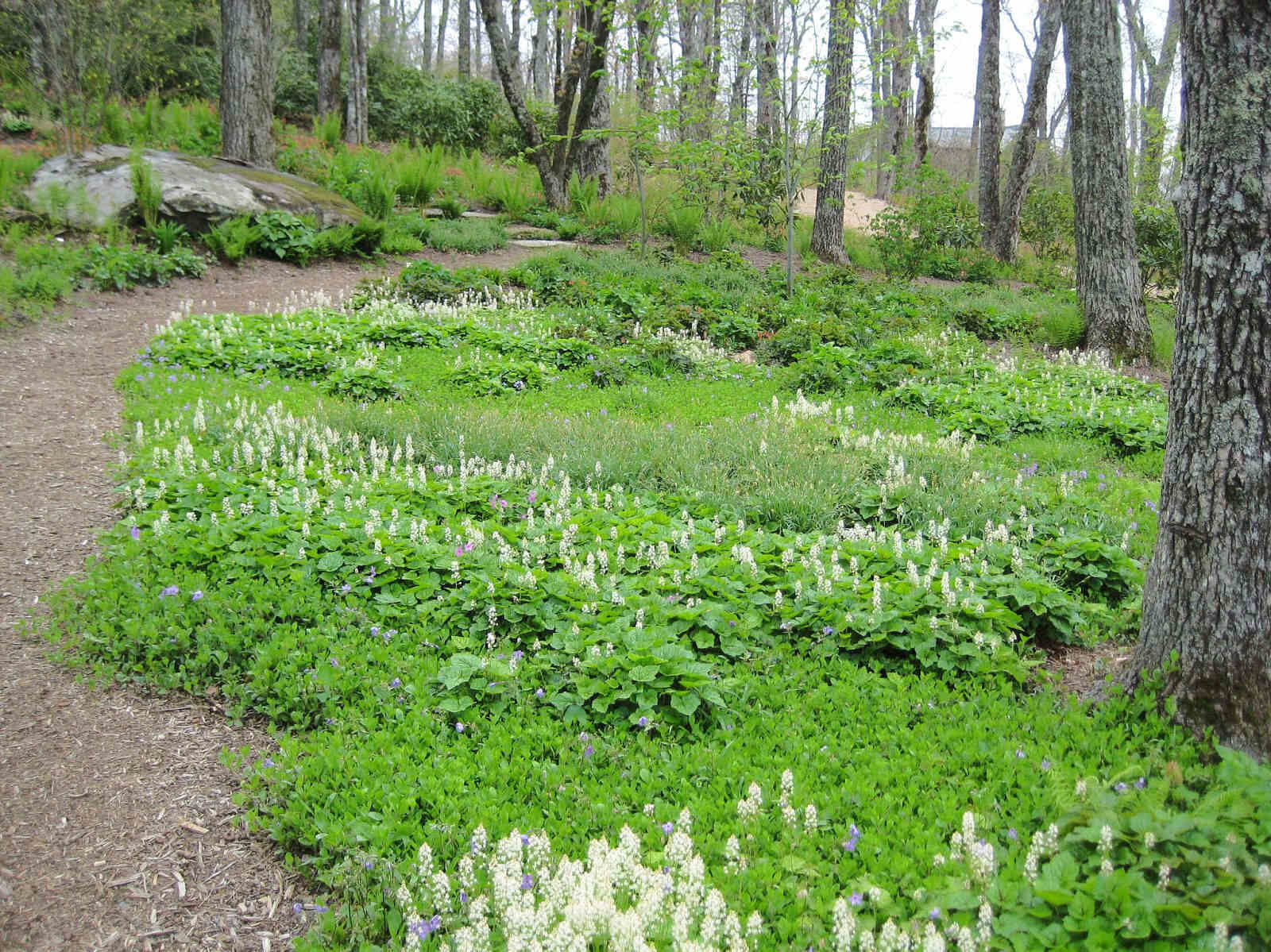
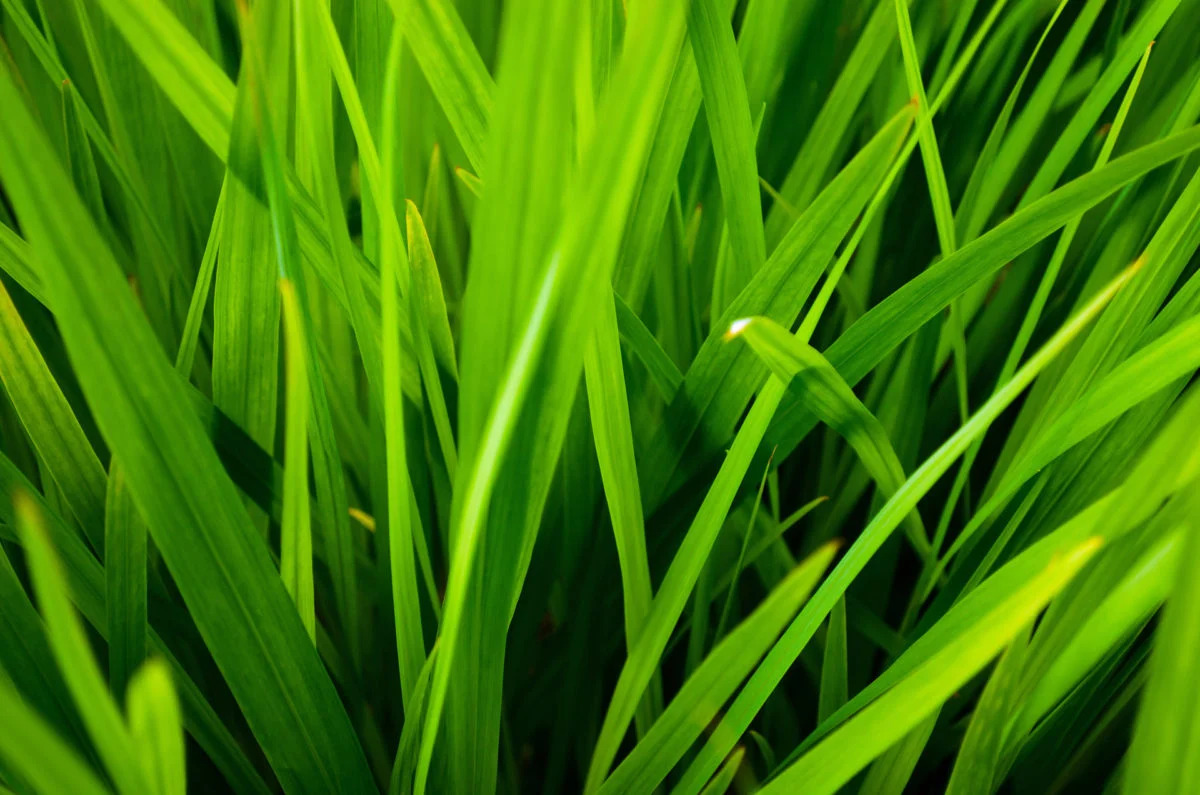
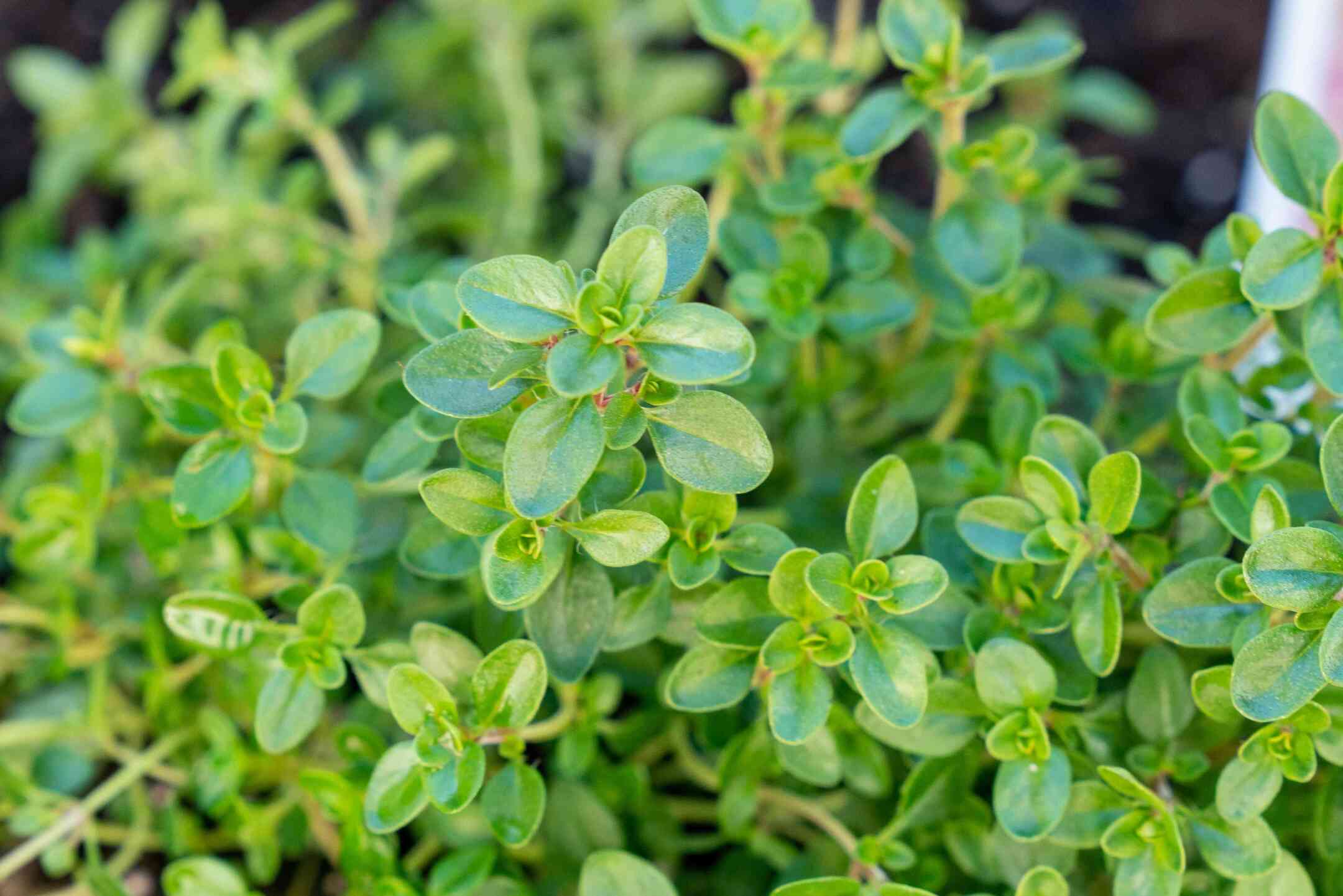
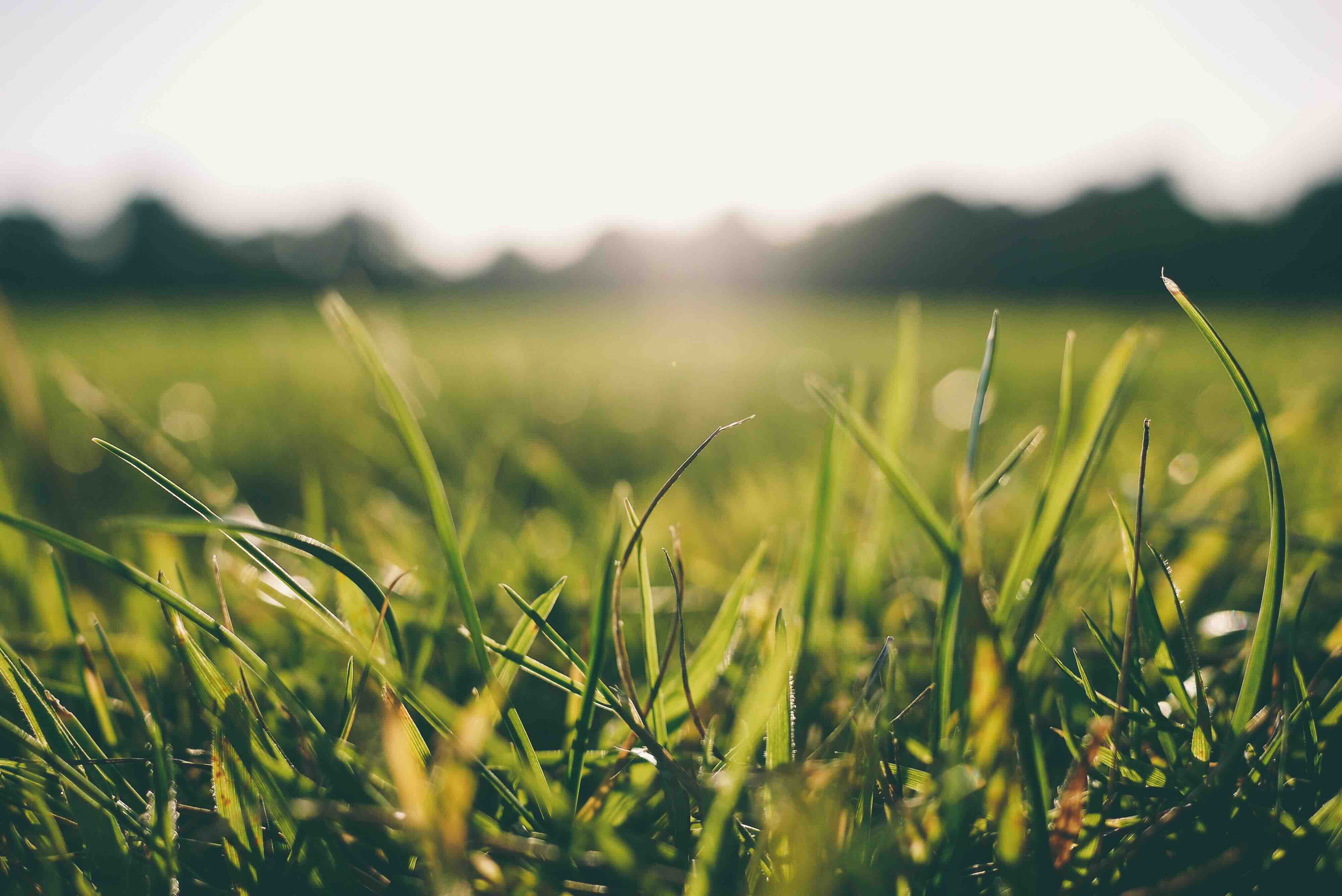
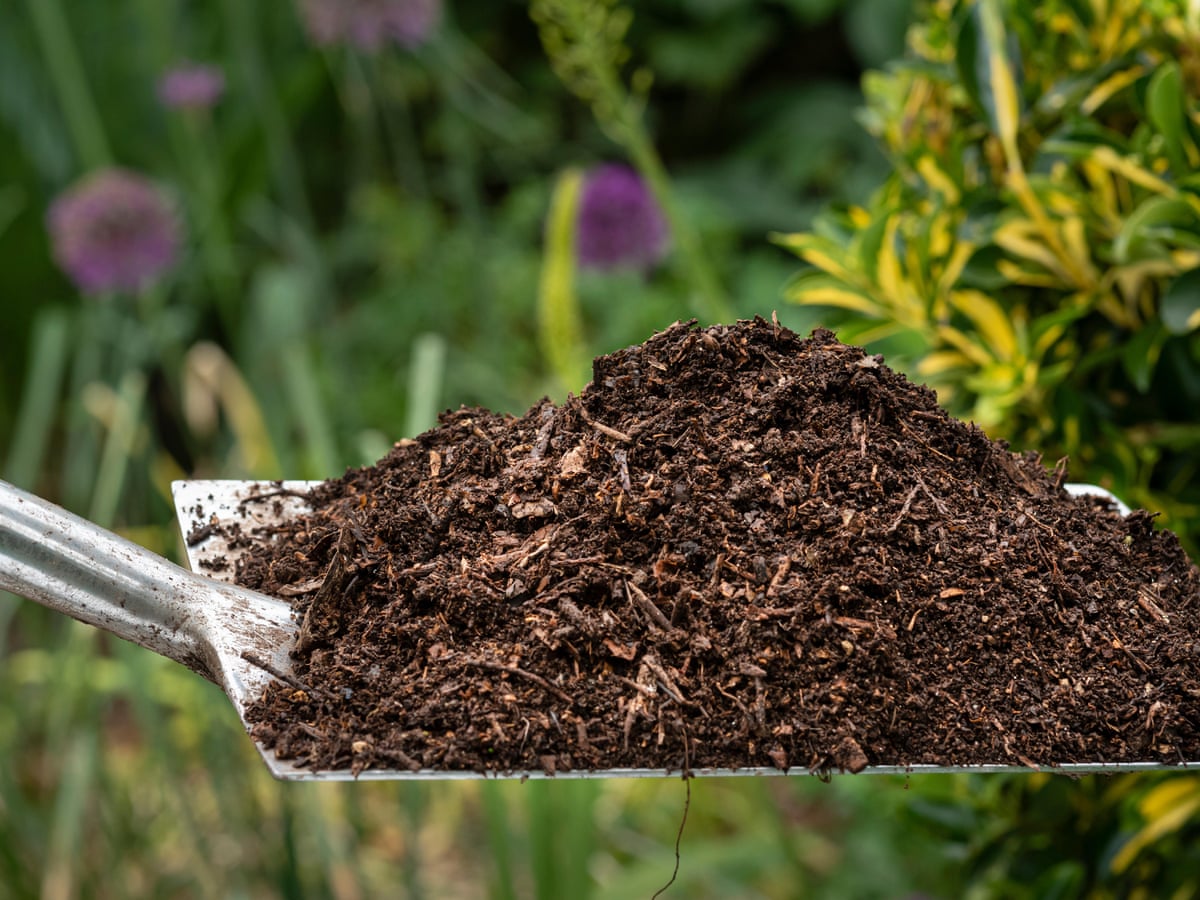

0 thoughts on “What Grass Grows Best In Shade In Texas”